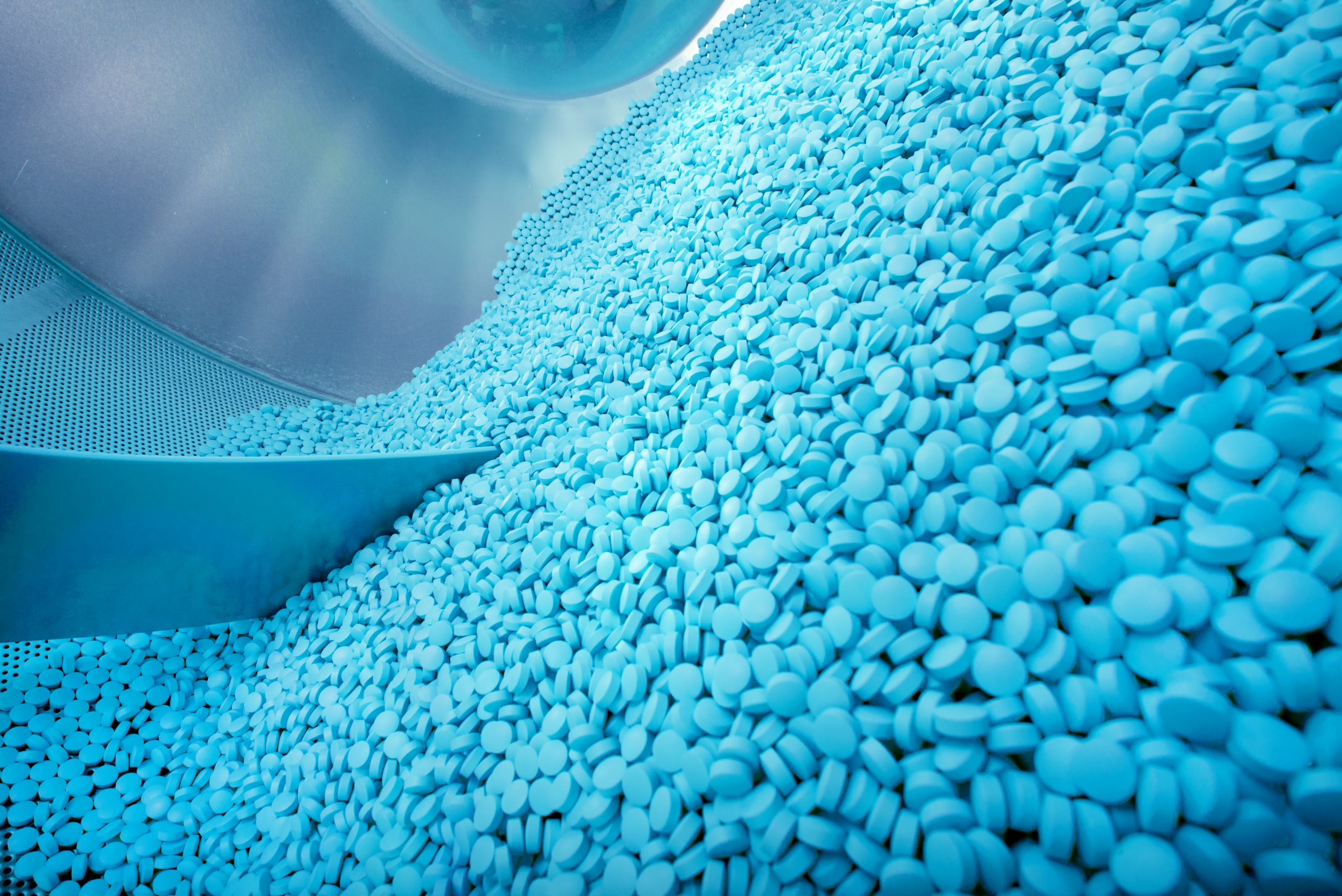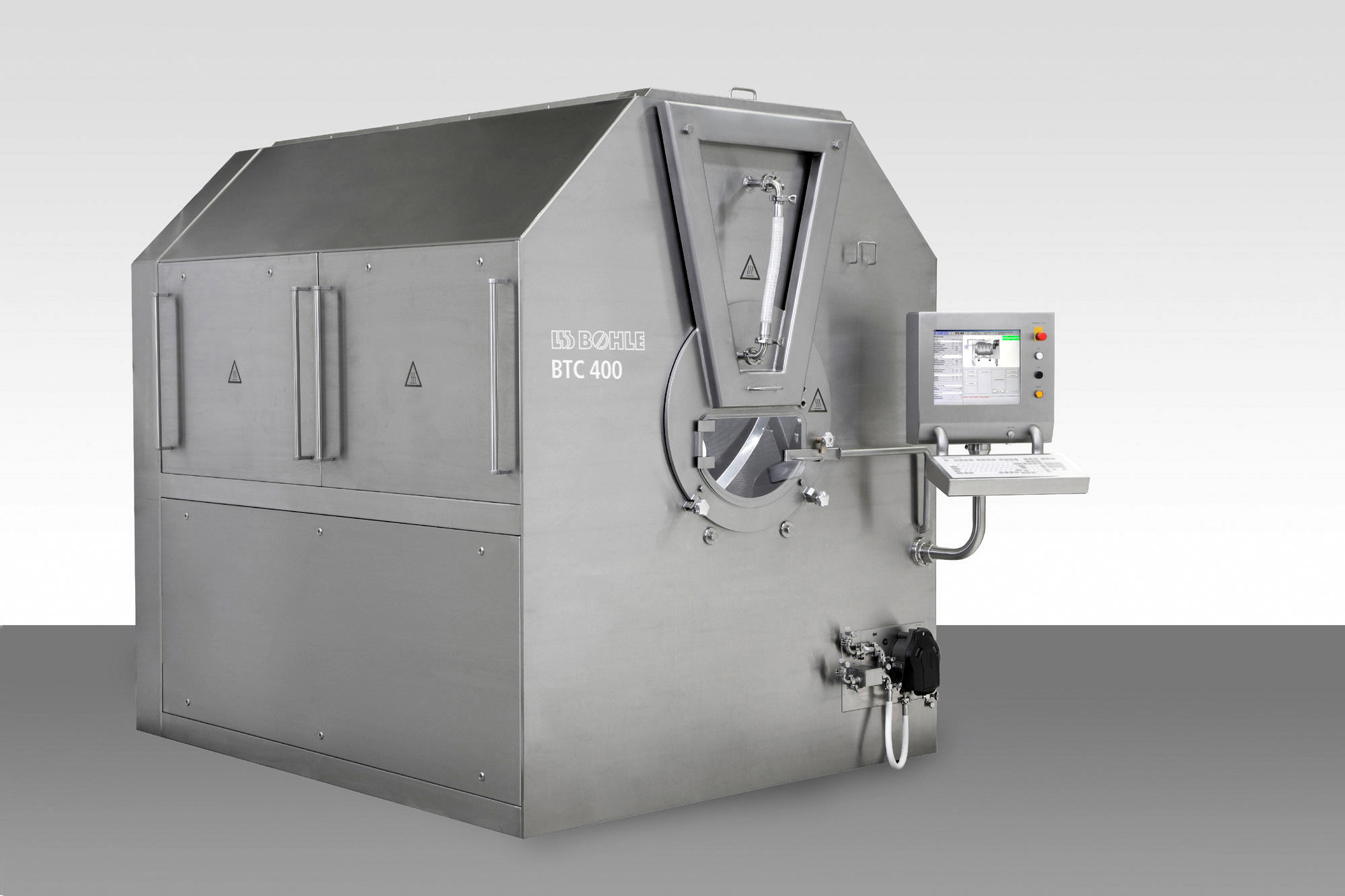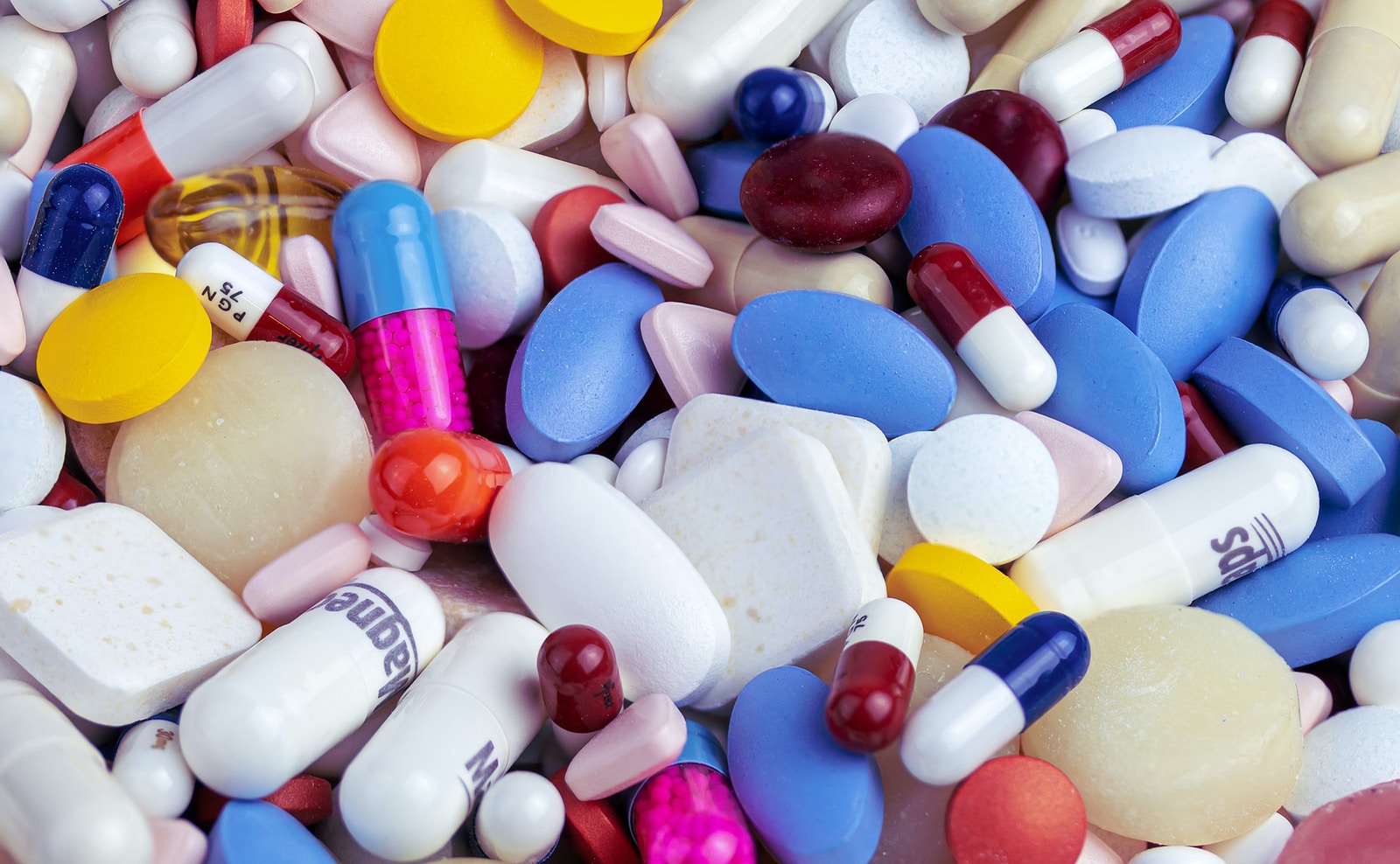The sweet world of pharmaceutical tablets - The trifecta for achieving coating uniformity
Who knew that dragee and tablet making had something in common?
The sweet connection to the pharmaceutical world lies in the art of coating, which has its roots in the confectionery industry. Both dragee and tablet coating involves the application of a layer of material – sugar for dragee and a polymer film for tablets – around a core, be it a nut or a drug substance.
But as you may know, in the pharmaceutical industry, rules and regulations are kings. According to the pharmacopeias, coated tablets must pass the test on uniformity of dosage units. Obtaining a uniform coating across all tablets in a batch may seem simple, but it is actually a complex process involving spraying, mixing, and drying.

Can you guess what might cause tablet coatings to be uneven?
How about improper mixing, inconsistent drying, or poor atomization? All those factors can cause uneven coating thickness…and that’s where the coater design comes in.
For instance, a pan with a small bed surface may not provide enough space for the tablets to move freely, causing uneven coating distribution. Or if the tablet bed is not flat, this can lead to tablets accumulating in the center or on the sides of the pan.
If the baffles are not properly designed, they can cause dead spots that the coating solution may not be able to reach. In addition, the number of nozzles and nozzle-to-nozzle distance can lead to areas of undercoating or overcoating.
Good things come in threes.
We talked with L.B. Bohle‘s technology expert, Tobias Borgers, on the ins and outs of their coating machine, and what makes it stand out in the industry.
“Bohle technology contains three unique design principles which assure a good coating uniformity,” explains Tobias.
First, the pan geometry provides a large tablet bed surface which allows the incorporation of a high number of spray guns, resulting in time savings of up to 40% during the coating process.
Second, helical baffles offer continuous and homogenous axial mixing within the tablet bed, preventing the formation of dead zones and minimizing tablet damage or twinning by avoiding acceleration peaks.
Third, the air principle allows for drying to occur within the tablet bed while keeping the rest of the coater and the spray guns cool.
“In this way, spray losses are reduced to a minimum which leads to coating efficiencies of >95%,” Tobias concludes.
Remember, coating isn’t just for candies. However, while an uneven coating on candy may only result in an unpleasant look and taste, a poorly coated pharmaceutical tablet can severely affect the patient’s health.

